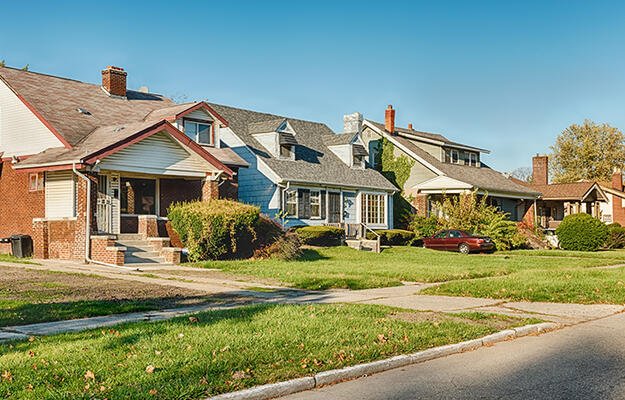
The Counties where Children Grow Up Affect Adulthood Earnings
- Title:
- The Counties where Children Grow Up Affect Adulthood Earnings
- Author:
-
Raj Chetty, Nathaniel Hendren
- Source:
-
The National Bureau of Economic Research
- Publication Date:
-
2016
How does place affect a child’s outcomes? Building on the first paper in their series, which examined the variance of a child’s exposure to a neighborhood on his or her adulthood earnings, Raj Chetty and Nathaniel Hendren examine this question by identifying causal effects of place on children’s future income. This follow-up working paper advances the previous analysis that found that counties vary in how they encourage upward mobility for children, but this paper finds which counties have better mobility and identifies the factors that cause certain counties to produce better outcomes for children as adults. Using de-identified tax returns from 1996 to 2012 for this same sample, the authors analyze the adulthood earnings of children who moved across counties within commuting zones, controlling for parental characteristics. The authors quantify the effects of place on upward mobility, create predictions of county-level causal effects to help guide families looking to move to opportunity, and identify the characteristics of areas that produce better outcomes for children. This report finds that counties with less concentrated poverty, less income inequality, better schools, more two-parent households, and less violent crime lead to greater upward mobility. The authors consider their findings in the context of policy implications and future research.
Key findings
- Each year a child is exposed to a county that is one standard deviation better, his or her adulthood income increases 0.5 percent.
- Growing up in a county from birth that is one standard deviation better increases a low-income child’s adulthood earnings 10 percent.
- One-fifth of the black-white earnings gap can be attributed to the counties where black and white children grow up.
- Children who grow up in counties with higher rent often have higher income as adults, but higher rent is weakly associated with higher income for families at the 25th income percentile. This implies that more expensive places see better results for children because of family selection into those neighborhoods, not because the neighborhoods lead to higher incomes for everyone.
- Although counties that produce better upward mobility generally have higher housing costs, many “opportunity bargains” exist—places that produce higher incomes for children but are not as expensive.
- Counties with less concentrated poverty, less income inequality, better schools, a larger proportion of two-parent families, and lower crime rates generally produce higher levels of upward mobility.

